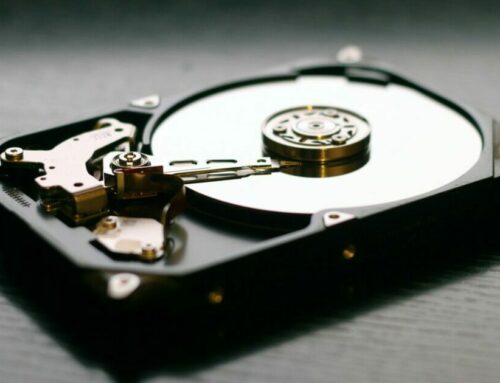Planning and setting up server racks and maintaining them can be a tedious part of an IT professional’s engineer’s job. If you’ve ever accidentally knocked out power to a rack when trying to maintain it, had to dig through a messy tangle of cables or had to climb over things in your way to access a rack, then you know how annoying badly set up racks can be.
There are some best practices that can help you avoid those issues when setting up server racks, including:
- Planning the layout before installation
- Equipment placement for easy maintenance
- Labeling and organizing items
- Considering cooling needs
- Planning for the future
Planning Your Rack Layout
Before you get started, consider the rack size, whether you’ll be using power rails, and what your ventilation needs are. Deeper racks can make installation easier and increase ventilation. Power rails can be managed or unmanaged, you will need to determine which is best for your needs. Ventilation is the perennial problems for servers, and rack design and the way you set your rack can impact ventilation.
As you’re considering equipment location, determine how many rack-mount units you can fit in your rack. One rack-mount unit is 1.75 inches and a standard seven-foot rack will have 45 rack-mount units. Once you know how many rack-mount units you have, measure the height of your equipment so you can determine how many rack-mount units they will need.
Equipment Placement
Next, consider the placement of the equipment in the rack. In some cases, you may not have all of the equipment on hand or equipment may be added over time. Remember to leave room for future gear.
Some things to think about:
- How many servers do you want to install?
- Where to put your switches?
- Do you want to house a keyboard, monitor, and mouse in the rack?
- Do you have enough power to fill the rack? If not, can you space out the equipment?
- How can you logically group parts together?
- How can you make sure you can easily access equipment when you need to?
- How can you manage cooling and ventilation?
- Do you plan to mount equipment on top of the rack?
As you’re deciding where to put your equipment on the rack remember that a well-spaced and well-organized rack is easier to use and maintain.
Labeling and Organization
While we’re discussing ease of maintenance, remember to plan for things to go wrong at some point and what you’ll need to fix it. Properly and clearly labeling equipment, switches, and cables can save you time if the rack needs maintenance. Also, keep in mind that it might not be you that has to fix things, so do your fellow co-workers a favor.
Also, laying things out in a logical, organized manner will help you find them in the future or help whoever is trying to work on the stack. Organizing equipment and cables by type or function will make it easier to maintain the server rack in the future.
Climate Control
If anything is a constant when it comes to server racks, it’s the impact that temperature can have on performance. For servers to work their best, they need to be kept at an optimal temperature. How you organize your server rack can impact that. If possible, space out your servers so that there is plenty of airflow between them. Consider whether there is airflow at the top or bottom of the rack and take advantage of that, if possible. Some servers may run hotter than others, for those, in particular, give them ample space and airflow for cooling.
If you’re storing your server racks in a data center, they may be responsible for the temperature control and airflow. However, localized heat from servers arranged too densely can impact performance, power consumption or even cause equipment failure.
Planning for the Future
In addition to planning and organizing the server rack itself, consider where it will be stored and how much room there is for expansion. If you have a designated server room, then consider where you can put additional racks as your company grows. If your servers are housed in a data center, consider how much space you’re contracting and how quickly you may need to expand to keep up with business growth or technology advances. By planning for the future, you could save your company expensive remodels or having to move the equipment if you outgrow your current location.
You can save yourself time and effort, as well as future maintenance time, by thoughtfully planning and organizing your rack. If you’re considering a new server solution, Summit account executives are here to help. Contact an experienced representative for a quote or simply to discuss your hardware options.




